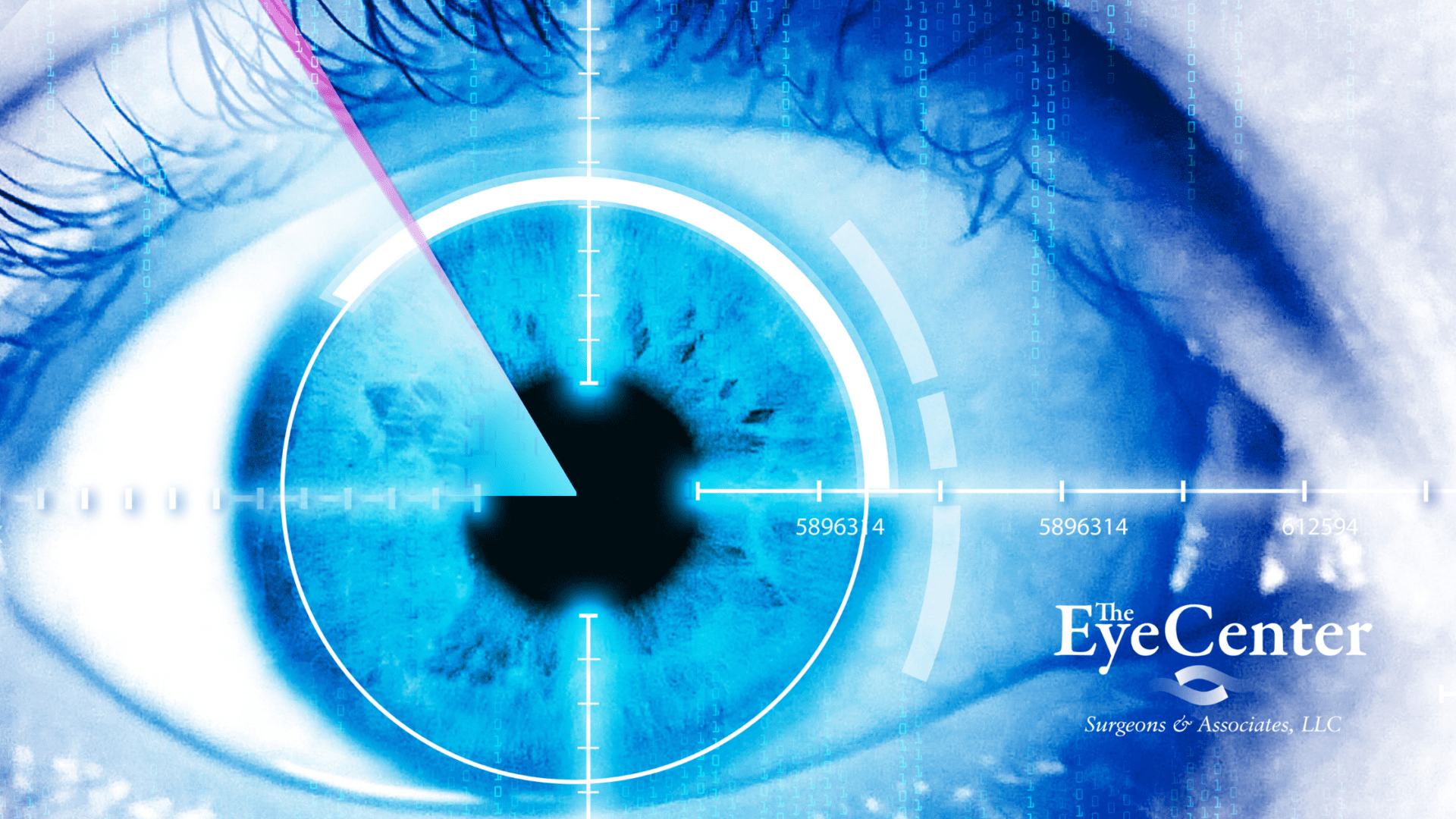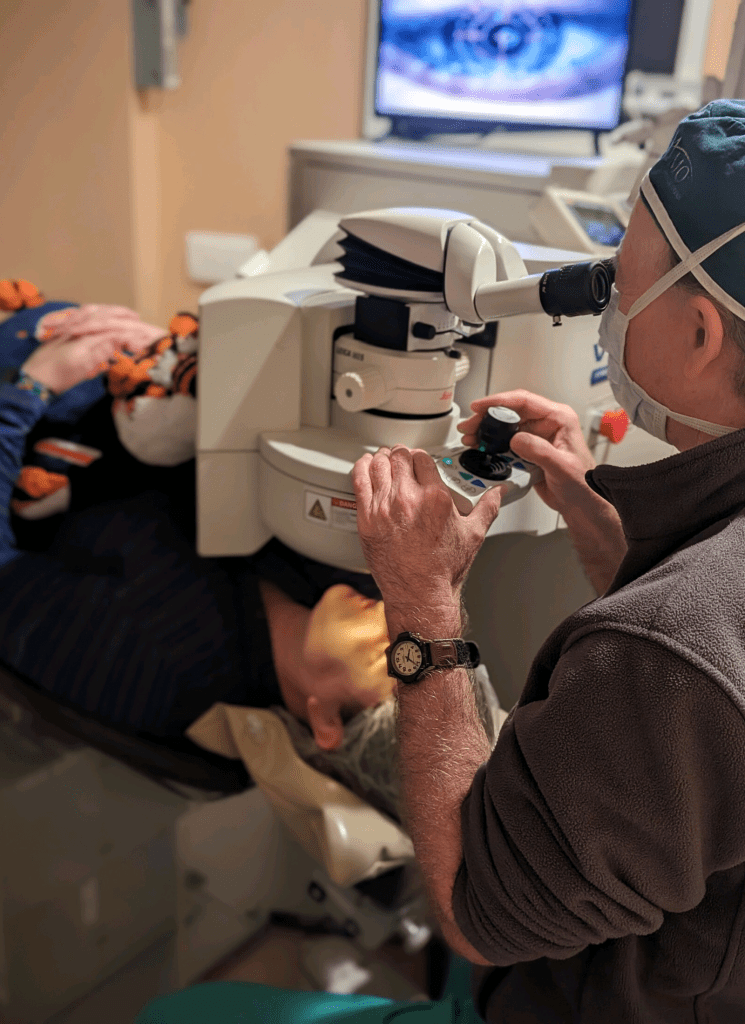What Happens During the LASIK Procedure?

Your eyes are working 24 hours a day, seven days a week to provide feedback and stimulation. A key factor in how well your eyes perform is how they use the light that enters them. The ability of your eyes to bend light is called refraction. And when your eyes can’t properly refract, it causes nearsightedness, farsightedness, astigmatism, and other vision problems. Fortunately, LASIK surgery can be performed to correct these refractive errors and ultimately have better vision.
But what exactly happens during LASIK surgery that produces better vision? Keep reading to learn more about the surgery and how it works.
What is LASIK?
LASIK stands for laser-assisted in situ keratomileusis. That simply means on-site laser-assisted corneal reshaping. During the procedure, an ophthalmologist uses computer-controlled laser light pulses to reshape the cornea and improve visual clarity. Reshaping the cornea is key because it improves the eyes’ ability to bend light. This decreases or eliminates dependency on contact lenses or eyeglasses.

The LASIK Process
Here is a general overview of the LASIK procedure:
LASIK Pre-operation preparation
- A comprehensive eye exam is conducted to check your eye health and determine your candidacy for LASIK.
- The exam focuses on your cornea to determine the corrections needed for optimum vision after surgery.
- Detailed measurements of your eyes and corneas are taken to develop a treatment specific to you.
LASIK Anesthetic Eye Drops
- The surgeon applies the eye drops to numb the eye surface and provide comfort during surgery.
- While a device holds your eyelids in place to prevent blinking, the surgeon then positions you under the laser machine.
Creation of the Corneal Flap
- The ophthalmologist uses a specialized precision tool called a microkeratome to create a thin flap in the outer layer of the cornea. The flap is carefully lifted and folded back to expose the corneal tissue.
Reshaping the Cornea
- Then, an excimer laser is used to remove microscopic amounts of the cornea. The cornea is reshaped based on your unique prescription for clearer vision.
Reapplying the Corneal Flap
- After reshaping the cornea, the thin flap that was lifted earlier in the procedure is replaced in its original position.
Post-LASIK Operation
- Eye drops are applied to prevent infection and to speed up the healing process.
- Protective goggles or eye shields are placed over the eyes to protect them from the sun, debris, and accidental touching.
And that’s the procedure in a nutshell.
It is a quick process that is often less than 15 minutes per eye. Once the procedure is done, full recovery is relatively quick and often takes only a few days to a few weeks. Some people will experience vision improvement almost immediately after surgery. Others will experience gradual vision improvement.
If you are struggling with vision problems and want the freedom of being able to see clearly without reaching for your glasses, contact The Eye Center, with locations in Huntsville and Madison, at (256) 705-3937.
